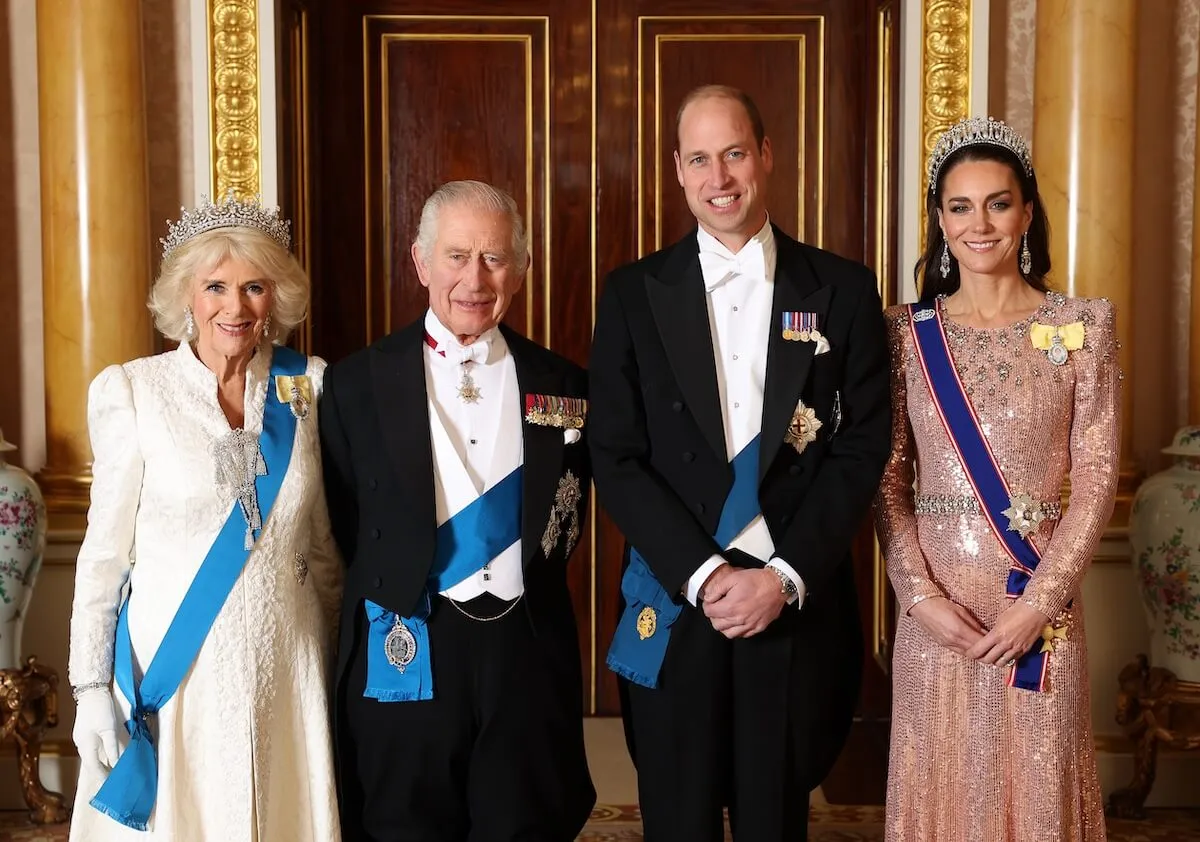
Chelsea Handler Explains Why She Isn’t the Marriage Type
Comedian Chelsea Handler has been willing to keep an open mind about relationships in the past. However, she might not be as open to the idea of marriage. In a recent interview, Handler revealed why she doesn’t see herself walking down the aisle.
Chelsea Handler wants more than 1 love story

Handler’s dating history has shown that her taste in men can vary. Some of her high-profile exes include Comcast CEO Ted Harbert, 50 Cent, and Jo Koy. Handler’s relationship with Koy might’ve been more special than her other romantic flings. Even she was convinced that Koy was her soulmate after the long-time friends turned into lovers back in 2020.
“For everyone who is still looking for their person, do not adjust who you are or make yourself smaller to find them. Be patient and never settle for anything less than you deserve. Your person is coming and sometimes—they’ve been standing in front of you the whole time,” Handler once posted on social media according to People.
But their relationship would end in July, 2022, proving they weren’t endgame after all. Handler recently provided a little update on her dating life since her and Koy’s break-up. Although she’s still on the dating scene, she’s opted to keep her relationships much more private than she did before. Keeping her boyfriends out of the spotlight might be one of the perks of dating real people instead of celebrities. Additionally, she doesn’t see herself settling down with one partner anymore, either.
“Dating is wonderful,” she told Us Weekly. “I understand now what kind of dater I am, and this is what I am: I want lovers all around the world. I’m not a liar. I will be very honest and upfront with anyone I’m dating that you may not be the only one, and if you need to know, I’ll let you know, but hopefully you don’t need to ask any further questions.”
Her approach to dating would pose a problem for perhaps marrying someone in the long-term one day. But marriage isn’t something that Handler is worried about.
“I’m not the marrying kind. I am not looking for children. I just want to have lots of love stories. I feel like that’s the most romantic way to look at love. And I’m glad I know that about myself because I think so many women are starting to be more open about [the fact that] this Prince Charming nonsense we’re sold is so silly,” she said.
The only time Chelsea Handler changed her mind about marriage
Handler’s stance on marriage isn’t new. She’s had the same feelings on the concept for years. In a 2014 interview with Gwyneth Paltrow (via ABC News), Handler echoed similar words that her 50-year-old self would in 2025.
“Now I’m just like, the person that’s not getting married so I like it and I think it’s a good example to not have that be part of your identity,” Handler said. “The truth of the matter is, I don’t really know how to balance a relationship and my life. I’ve never been able to really do that.”
But there was a point in time when Handler’s thoughts on marriage wavered.
“I never understood why people would want to get married. To me, marriage always encompassed a huge wedding and a huge reception and a commitment lumped together. But I realize now that you can be committed to someone without that commercialization and all that nonsense,” Handler once told People (via ABC News) in a new interview. “So now I’d get married.”
But she quipped at the time that she was ironically having this change of heart when she was lacking prospects.
“Now that I’m single and have no viable options,” she noted.


